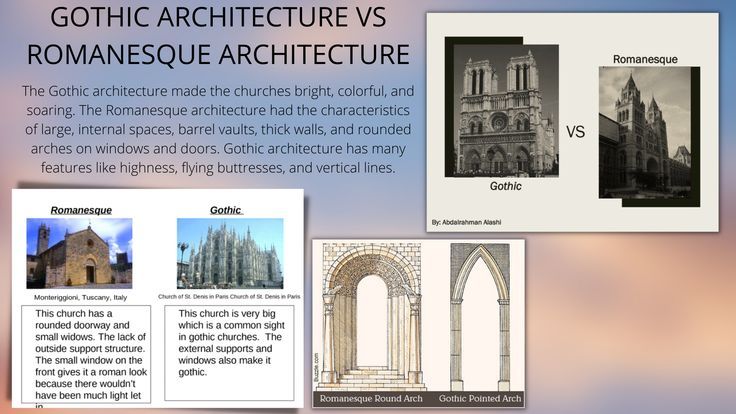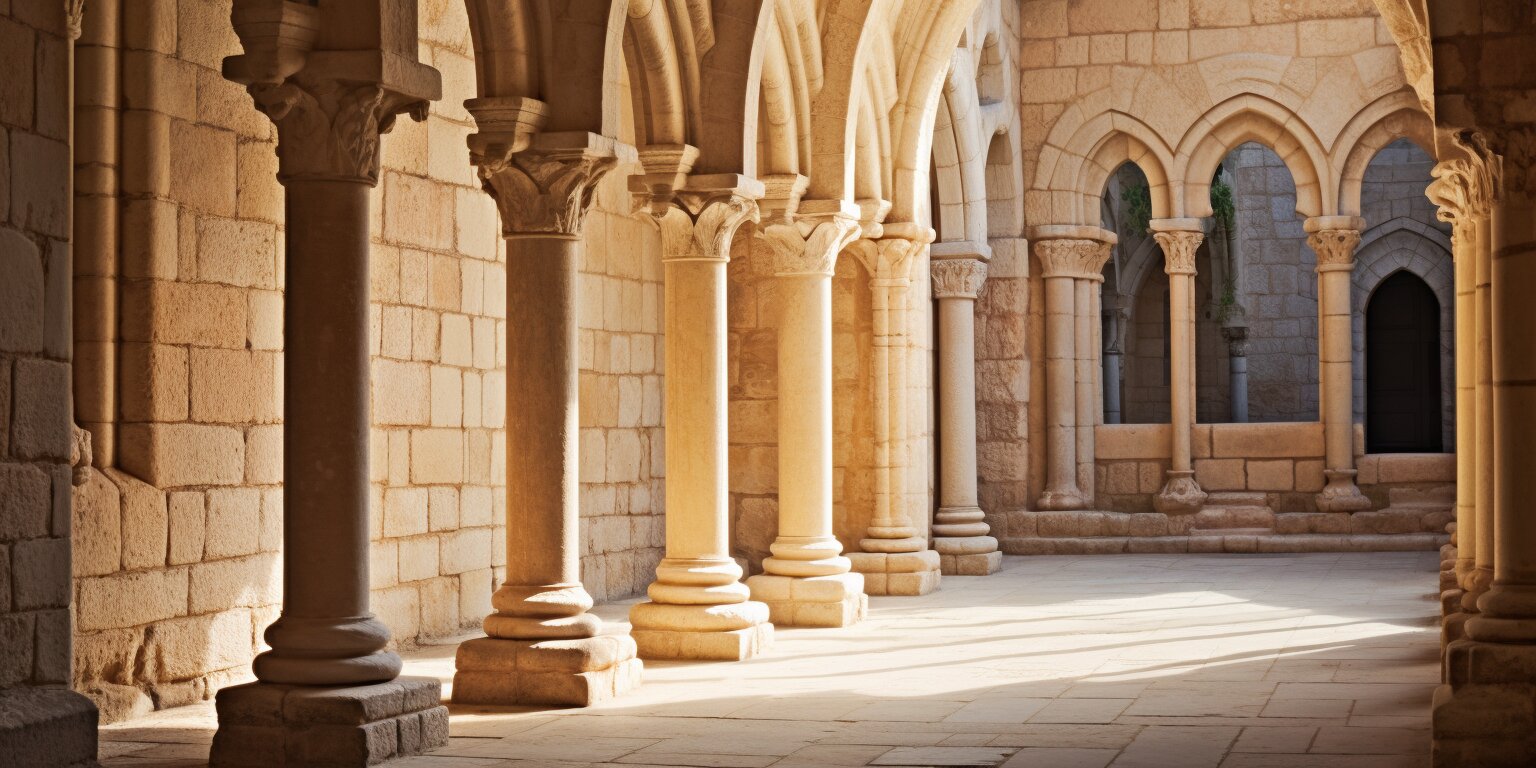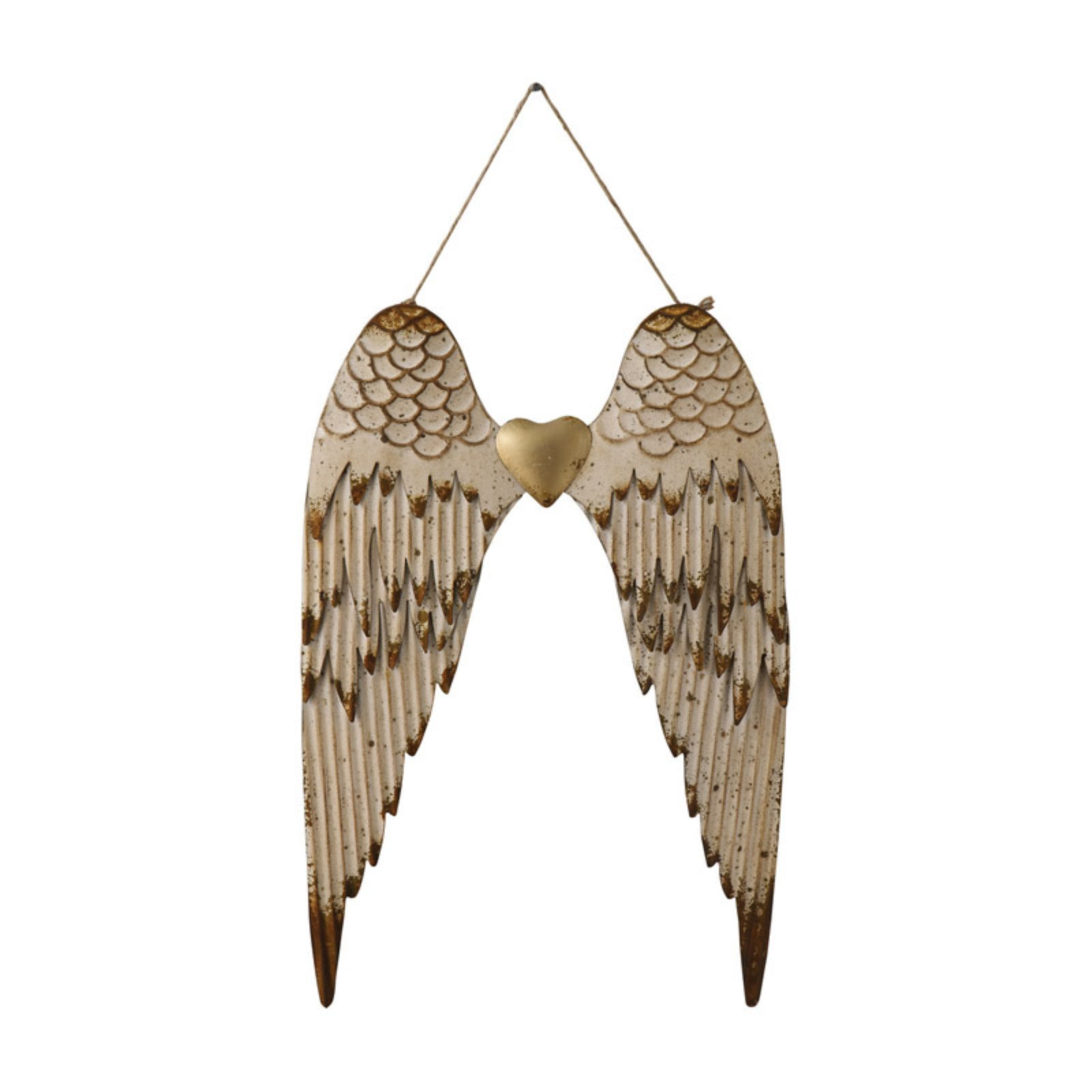Romanesque Church Decor: Unveiling the Past

The art of Romanesque church decor is a fascinating journey back in time, providing an intriguing glimpse into the religious and artistic sensibilities of medieval Europe. Unlike the grandiloquent structures of Gothic architecture that would follow, Romanesque architecture and decor present a stolid, fortress-like aesthetic, rooted deeply in the spiritual and functional needs of its era. Here, we embark on an exploration of the decorative elements that defined Romanesque churches, deciphering their symbolism, origins, and the techniques behind their creation.
The Foundations of Romanesque Decor

The Romanesque period, flourishing from the 10th to the 12th century, was not just an architectural movement but a cultural renaissance that left an indelible mark on religious art. Its foundations lay in:
- Early Christian Art: The church, still consolidating its influence in the Dark Ages, drew inspiration from Early Christian and Byzantine styles.
- Roman Architectural Techniques: Architects and craftsmen adapted the durable construction methods of Roman engineering for church buildings.
- Monastic Reform: The Cluniac and Cistercian movements spurred the construction and embellishment of monasteries, influencing church design.
Symbolism in Stone

Romanesque decoration was not just about beauty; it served as a visual catechism for largely illiterate congregations. Here are some of the key symbols and their meanings:
| Symbol | Meaning |
|---|---|
| Christ in Majesty | The Pantocrator or Christ as the ruler of the universe. |
| The Lamb | Represents Christ as the sacrificial lamb of God. |
| Vine Scrolls | Symbolize Christ as the true vine from which believers grow. |

📜 Note: These symbols can vary in interpretation depending on the context and region.
Intricate Carvings and Sculptures

The intricate carvings found in Romanesque churches were:
- Portal Decorations: Often filled with scenes from the Last Judgement or life of Christ, serving as reminders of the afterlife.
- Capital Work: Capitals were carved with a variety of creatures, plants, and geometric designs, reflecting a mix of Christian and pagan symbolism.
- Friezes and Reliefs: These provided narrative storytelling, illustrating biblical scenes for the uneducated masses.
🎨 Note: These carvings were not just decorative; they were a means to educate and instill Christian values.
Mural and Mosaic Art

Romanesque murals and mosaics were more than just adornments; they were:
- Teaching Tools: Serving as visual sermons for those unable to read Latin.
- Propaganda: Reinforcing the power of the church through grandiose imagery.
- Liturgical Aids: Depicting the calendar of saints or key moments in liturgical practice.
The Evolution of Decorative Techniques

Throughout the Romanesque period, decoration techniques evolved, reflecting both regional styles and the broader cultural shifts of the time:
- Byzantine Influence: The presence of mosaics and gold leaf techniques brought from Constantinople.
- Local Craftsmanship: Artisans adapted these influences to local tastes, resulting in a unique blend of regional styles.
- Technological Advances: Innovations in pigment creation allowed for brighter, more durable paints.
Importance of Frescoes

Fresco painting became a dominant art form due to its:
- Durability: The pigment was applied to wet plaster, creating a bond that could last for centuries.
- Accessibility: More economical than mosaics, allowing wider dissemination of Christian imagery.
- Speed: Fresco work allowed for rapid coverage of large areas, an essential factor in an age when time meant money and lives were brief.
Final Thoughts on Romanesque Church Decor

As we conclude this exploration of Romanesque church decor, we’re reminded of the era’s unique blend of form and function. The fortresses of faith from this period weren’t just shelters but schools of virtue, telling tales of redemption, salvation, and the eternal. Their robust, unyielding structures whispered of divine protection, while their interiors brimmed with teachings meant to guide the community’s spiritual journey. Each symbol, carved or painted, was a lesson, a prayer, and a promise of an afterlife where hope and fear intertwined. Through the timeless artistry of Romanesque decor, we see not just the aesthetic sensibilities of medieval Europe, but its spiritual heartbeat, echoing the quiet reverence of those who worshipped within these sacred spaces.
What is the difference between Romanesque and Gothic architecture?

+
Romanesque architecture, characterized by thick walls and rounded arches, reflects an earlier, more stable period focused on functional simplicity and community protection. Gothic architecture, on the other hand, introduced innovations like flying buttresses and pointed arches, enabling lighter, taller structures with intricate stained glass windows, reflecting the societal shifts towards individual expression and the exploration of divine light in space.
Why did Romanesque churches use so much symbolism?

+
Due to the low literacy rates of the time, visual storytelling was essential for religious education. These symbols served as pedagogical tools, liturgical aids, and a means to instill awe and reverence for the divine, while also reinforcing Christian beliefs and morality in a tangible, accessible way.
How has Romanesque architecture influenced modern architecture?

+
Romanesque architecture’s influence on modern design can be seen in the revivalist movements of the 19th and early 20th centuries, where architects admired its simplicity, solidity, and the emotional power of its decor. Elements like barrel vaults, rounded arches, and heavy masonry work have inspired modern interpretations of functional, durable, and spiritual spaces.



